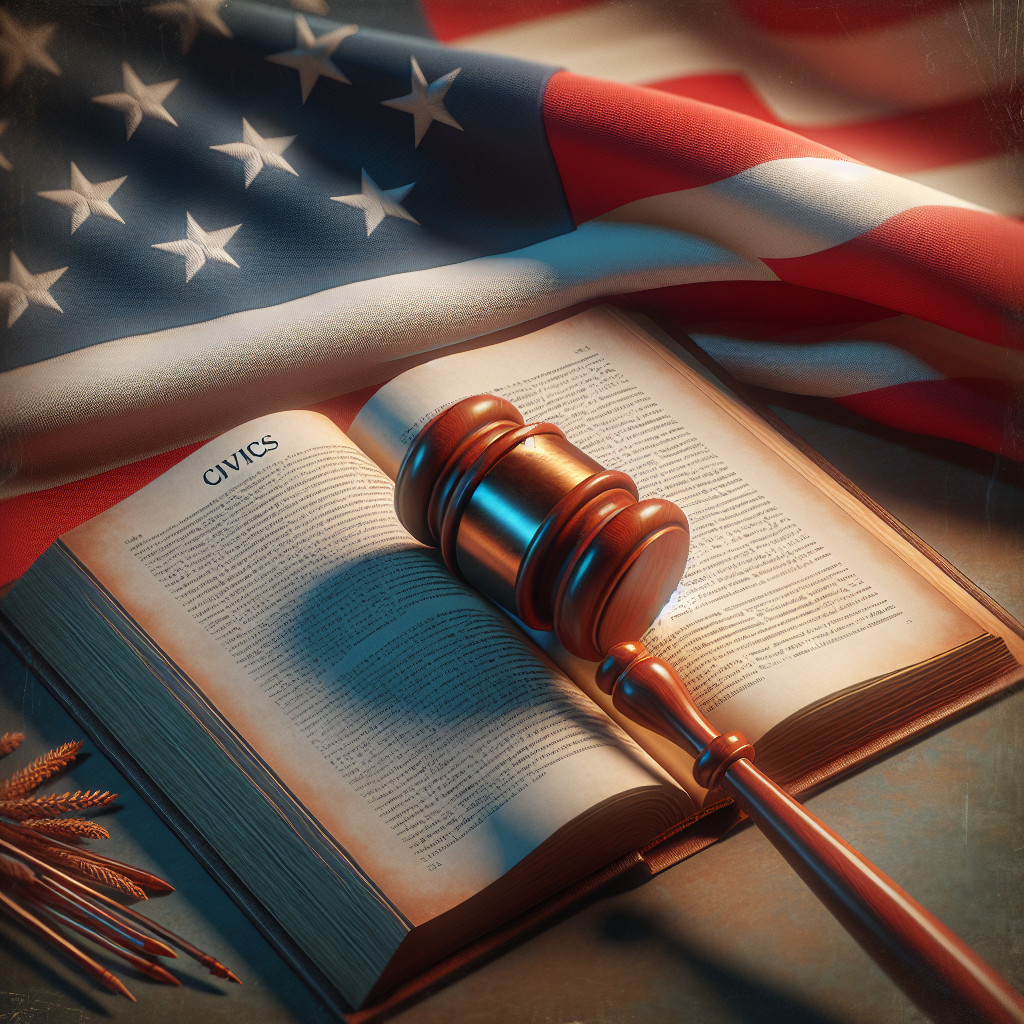Around 11,000 individuals celebrated the Fourth of July this year by officially becoming U.S. citizens. To mark the occasion, The Washington Post challenged readers to test their knowledge of America with a civics quiz. Prospective U.S. citizens must pass an oral exam consisting of 10 civics questions selected from a list of 100. The Post’s quiz featured 10 multiple choice questions based on this list of study materials provided by U.S. Citizenship and Immigration Services.
To pass, quiz takers needed to answer at least six questions correctly. Over 300,000 readers participated in the quiz. Here are the results.
Passing with flying colors
Most readers proved knowledgeable. An impressive 90 percent of participants answered all 10 questions and got at least six correct.
While 97.1 percent of U.S.-based quiz-takers passed, international participants also performed well, with an 84.8 percent pass rate. Readers in Washington D.C. outperformed the national average, with 97.6 percent answering six or more questions correctly.
Subscribers to The Post outperformed non-subscribers, with a higher average score and lower failure rate. As of July 9, 97.1 percent of subscribers passed, compared to 91.6 percent of non-subscribers.
The questions that stuck
Participants struggled most with question No. 3 (“What is one responsibility that is only for U.S. citizens?”) and question No. 8 (“When was the Constitution written?”) — the only two questions that more than 30 percent answered incorrectly. For question No. 3, only 60.5% knew the correct answer was “Serve on a jury,” while 35.9% mistakenly chose “All of the above,” which included “Pay taxes” and “Obey the law.”
For question No. 8, only 63.6% knew that the Constitution was written in 1787, with 28% incorrectly answering 1776.
Some questions were easier, such as identifying the Mississippi and Missouri rivers as the longest in the U.S., which 96.1 percent of quiz-takers answered correctly.
In the real world
Similar to the quiz results, most aspiring U.S. citizens pass the actual naturalization test, which has both an English proficiency section and a civics exam. In the 2023 fiscal year, 89.5% of candidates passed on their first attempt, and another 5.8% passed on a retake, resulting in a total pass rate of 95.3%. Overall, 878,500 naturalizations were approved.
A naturalized citizen’s perspective
One hundred people from 57 nations gathered at George Washington’s Mount Vernon on the Fourth of July to take the oath of allegiance and become American citizens. For 32-year-old Maria Becerra, it was a milestone seven years in the making.
Becerra’s family emigrated from Bolivia to the U.S. in 2001 when she was 8. She began pursuing citizenship in earnest seven years ago upon learning she was expecting a child with her American husband. Her first attempt at the test did not go well, as she answered incorrectly due to nervousness.
“In March, Becerra retook the test after studying and passed, answering the first six questions correctly. She remembers telling her husband and bursting into tears of relief.
“I came here when I was 8; I was already considering myself part of the country,” Becerra said. “But I was crying because I finally got to call myself an American.”
On Independence Day, sitting in front of George Washington’s home, Becerra reflected on her family’s past and present. She thought about her sons, ages 5 and 7, who had not understood why their mother wasn’t an American like them. She also looked at her father, who came to support her and is preparing to take the civics test himself.
